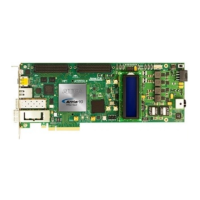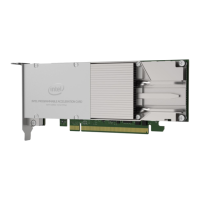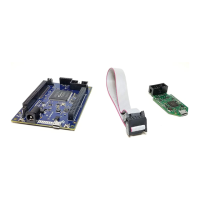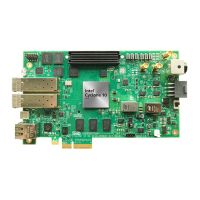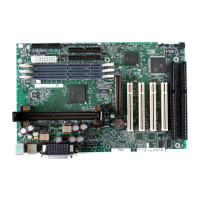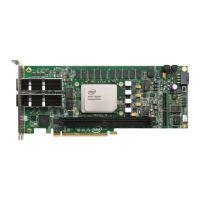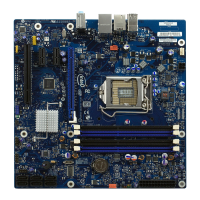5. Arria 10 Transceiver PHY Architecture........................................................................ 447
5.1. Arria 10 PMA Architecture................................................................................... 447
5.1.1. Transmitter........................................................................................... 447
5.1.2. Receiver................................................................................................450
5.1.3. Loopback.............................................................................................. 460
5.2. Arria 10 Enhanced PCS Architecture.....................................................................461
5.2.1. Transmitter Datapath.............................................................................462
5.2.2. Receiver Datapath.................................................................................471
5.3. Arria 10 Standard PCS Architecture..................................................................... 479
5.3.1. Transmitter Datapath..............................................................................480
5.3.2. Receiver Datapath..................................................................................485
5.4. Arria 10 PCI Express Gen3 PCS Architecture......................................................... 495
5.4.1. Transmitter Datapath.............................................................................496
5.4.2. Receiver Datapath..................................................................................497
5.4.3. PIPE Interface........................................................................................498
5.5. Intel Arria 10 Transceiver PHY Architecture Revision History.....................................499
6. Reconfiguration Interface and Dynamic Reconfiguration .......................................... 502
6.1. Reconfiguring Channel and PLL Blocks...................................................................503
6.2. Interacting with the Reconfiguration Interface........................................................ 503
6.2.1. Reading from the Reconfiguration Interface............................................... 505
6.2.2. Writing to the Reconfiguration Interface.................................................... 505
6.3. Configuration Files............................................................................................. 506
6.4. Multiple Reconfiguration Profiles...........................................................................509
6.5. Embedded Reconfiguration Streamer.................................................................... 510
6.6. Arbitration.........................................................................................................512
6.7. Recommendations for Dynamic Reconfiguration......................................................515
6.8. Steps to Perform Dynamic Reconfiguration............................................................ 516
6.9. Direct Reconfiguration Flow................................................................................. 519
6.10. Native PHY IP or PLL IP Core Guided Reconfiguration Flow..................................... 519
6.11. Reconfiguration Flow for Special Cases................................................................ 521
6.11.1. Switching Transmitter PLL ....................................................................521
6.11.2. Switching Reference Clocks....................................................................523
6.12. Changing PMA Analog Parameters......................................................................527
6.12.1. Changing VOD, Pre-emphasis Using Direct Reconfiguration Flow................. 530
6.12.2. Changing CTLE Settings in Manual Mode Using Direct Reconfiguration Flow.. 531
6.12.3. CTLE Settings in Triggered Adaptation Mode.............................................531
6.12.4. Enabling and Disabling Loopback Modes Using Direct Reconfiguration Flow...533
6.13. Ports and Parameters........................................................................................535
6.14. Dynamic Reconfiguration Interface Merging Across Multiple IP Blocks...................... 542
6.15. Embedded Debug Features................................................................................ 544
6.15.1. Altera Debug Master Endpoint................................................................ 544
6.15.2. Optional Reconfiguration Logic............................................................... 544
6.16. Using Data Pattern Generators and Checkers....................................................... 550
6.16.1. Using PRBS Data Pattern Generator and Checker..................................... 550
6.16.2. Using Pseudo Random Pattern Mode........................................................559
6.17. Timing Closure Recommendations...................................................................... 560
6.18. Unsupported Features....................................................................................... 563
6.19. Arria 10 Transceiver Register Map.......................................................................564
6.20. Reconfiguration Interface and Dynamic Revision History........................................ 564
Contents
Intel
®
Arria
®
10 Transceiver PHY User Guide
5
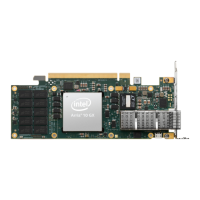
